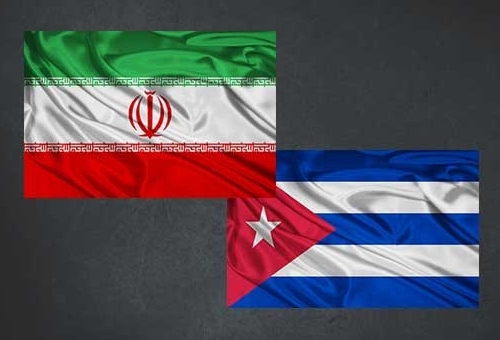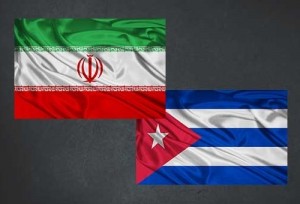Please dear God, save the veterans.
The Secretary of the Veterans Administration admits failure, so how much longer do vets need to either suffer or die? Last year he said 1,000 VA employees face disciplinary action. Well, not really, he said he was considering action.
Call the Department of InJustice and get Loretta Lynch to open an investigation. What is worse, the Inspector General at the VA resigned as he has done nothing to blow the whistle on fraud and abuse.
Screw that…the brass facts:
“Outright Failure”: Ongoing Problems Underscore Lack of Accountability at the VA
Last week, Speaker Boehner took the VA to task for its “outright failure…to take care of our veterans,” citing a lack of accountability for the failures that continue to plague the VA – not a lack of funding. Here are a few recent examples that back that up:
- Longer Wait Lists: “One year after an explosive Veterans Affairs scandal sparked national outrage, the number of veterans on wait lists to be treated for everything from Hepatitis C to post-traumatic stress is 50 percent higher than at the same time last year, according to VA data.” (The Washington Post)
- Dangerous & Deplorable Conditions: “Workers at the James A. Haley VA Medical Center reported ‘3 large dead rats that fell through the kitchen ceiling’ at the hospital during renovation work Wednesday night, according to emails obtained by the Tampa Bay Times. … ‘I have…been made aware that there is a major roach problem in the kitchen and that some roaches have been found on patients’ trays,’ Ruisz wrote in an email Thursday to the Haley ‘enviro team,’ which handles pest control. Ruisz said she was told workers replacing a canteen ceiling two months ago ‘filled multiple buckets with roaches, dead rats and feces…Please let me know if there is an ongoing problem with this infestation and what is being done about it…‘We could possibly end up on the news, not to mention risk patient safety.’” (Tamba Bay Times)
- Lapses in Medical Testing: “Two inspections released Thursday found nearly two dozen new problems at the Phoenix VA Health Care System and its outpatient clinics in Arizona. The most serious issues in the VA’s Office of Inspector General reports involve a lack of testing given to stroke patients, a lack of reporting potential complications prior to MRIs, a lack of diagnostic testing for those with positive alcohol screens and a lack of routine testing for HIV.” (Arizona Republic)
- Unsafe Facilities, Canceled Appointments: “Nearly three months after the authorities issued a do not consume notice for the water at the Wilmington VA Clinic, the Veterans’ Affairs Administration still has no timeline on when the water problems will be fixed so the order can be lifted. Until the water is usable, patients in the GI, Urology and Dental departments are still having their appointments canceled. In some cases, veterans are having appointments rescheduled for a later date when the VA hope a the facility will be operational again. In other cases, patients are being referred to the VA clinic in Fayetteville as an alternative. The Cape Fear Public Utility Authority ordered the clinic to stop consuming the water on March 23. … Still, a VA spokesman said they ‘don’t have a timeline’ on when the water issues will be fixed.” (WECT-TV6)
- Mental Health Patients “Slipping Through the Cracks”: “Maine’s Veterans Affairs health care system mishandled referrals and appointment scheduling for mental health treatment, leaving some patients without requested care or waiting too long for visits, a government watchdog has found. … In some cases, staff closed out requests for referrals before patients actually received care, the investigation found. As a result, staff failed to follow up with some patients who canceled or failed to appear for scheduled visits for mental health treatment. … Interviewees acknowledged the mishandled referrals may leave some patients ‘slipping through the cracks,’ according to the report. One man in his 30s with post-traumatic stress disorder waited eight months for a visit with a therapist after his psychologist improperly documented a referral, investigators found.” (Bangor Daily News)
Last year, the House passed, and the president signed, legislation to increase accountability at the VA (H.R. 3230), but the agency has thus far failed to use the tools at its disposal to clean up this mess. It has been more than a year since the Phoenix VA scandal and the president, for his part, has failed to deliver on his promise to “do right by our veterans across the board.” We will continue working to hold the administration accountable but, as Speaker Boehner has made clear, only the president can change the culture from within.
– See more at: http://www.speaker.gov/general/outright-failure-ongoing-problems-underscore-lack-accountability-va#sthash.GP3Zw7NF.dpuf



